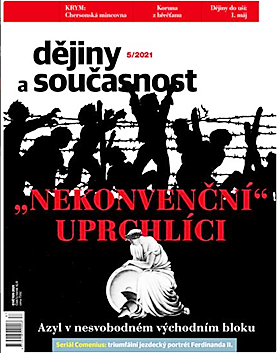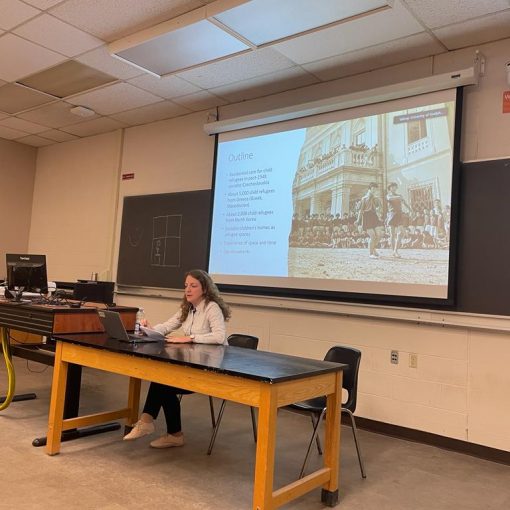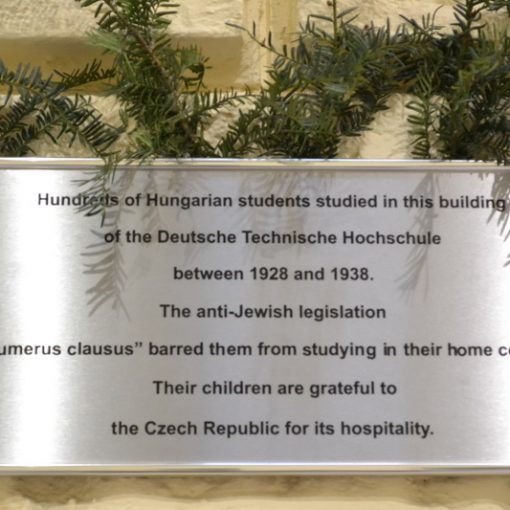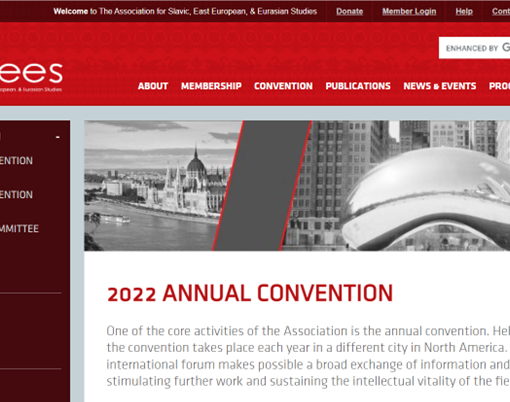On 22 July 2021, Ágnes Katalin Kelemen (Unlikely Refuge?) participated at an online conference Jewish Crossroads: Between Italy and Eastern Europe, organized by the Center for Jewish Art at the Hebrew University of Jerusalem and by the Fondazione Per i Beni Culturali Ebraici in Italia. She gave a talk on Hungarian Refugees from Antisemitism in Fascist Italy.
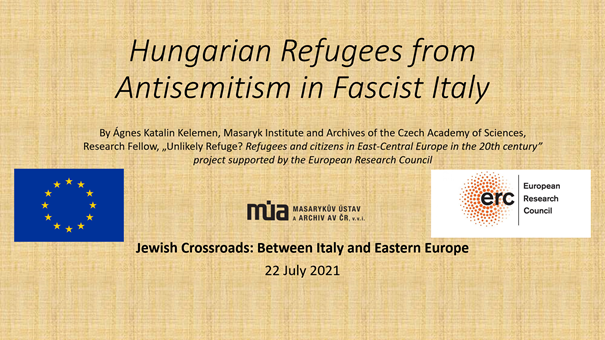
Refugees from Antisemitism in Fascist Italy
By Ágnes Katalin Kelemen
The here proposed paper investigates a paradoxical story of academic peregrination in the interwar period based on a wide range of primary sources from Italy as well as Hungary. For a decade and a half, from the introduction of the Gentile reform (1923) to the introduction of antisemitic legislation (1938), Fascist Italy provided a shelter for Hungarian Jewish intellectual refugees (amongst other Jewish exiles of other nationalities) exiled from Hungarian universities by the antisemitic numerus clausus law (1920). The paradox lies in the strengthening cultural and political ties between the two states over the 1920s and 1930s and the contradiction around who were to benefit from it.
Both the Hungarian and the Italian higher educational systems were reshaped in the early 1920s. However, the same Jewish students played two opposite roles in them: in Hungary they were regarded as outsiders, to be removed, whereas in Italy they appeared as useful foreigners contributing to the internationalizing of universities. While the friendly relationship between Hungary led by Horthy and Mussolinian Italy is a popular topic in historiography, the arrival of approximately eight hundred Hungarian students to Italy as a consequence of the numerus clausus is often overlooked.
The paper analyses the experiences of Hungarian numerus clausus refugees who left one right wing authoritarian regime for another, on the basis of archival documents of universities and state organs, statistics, journal articles and ego documents by students. Thereby the story is told from multiple perspectives, including that of students, Hungarian diplomats, Hungarian and Italian public administrators, and Italian spouses trying to safeguard their Hungarian Jewish partners from expulsion in 1938 by corresponding with the office of the Duce.
